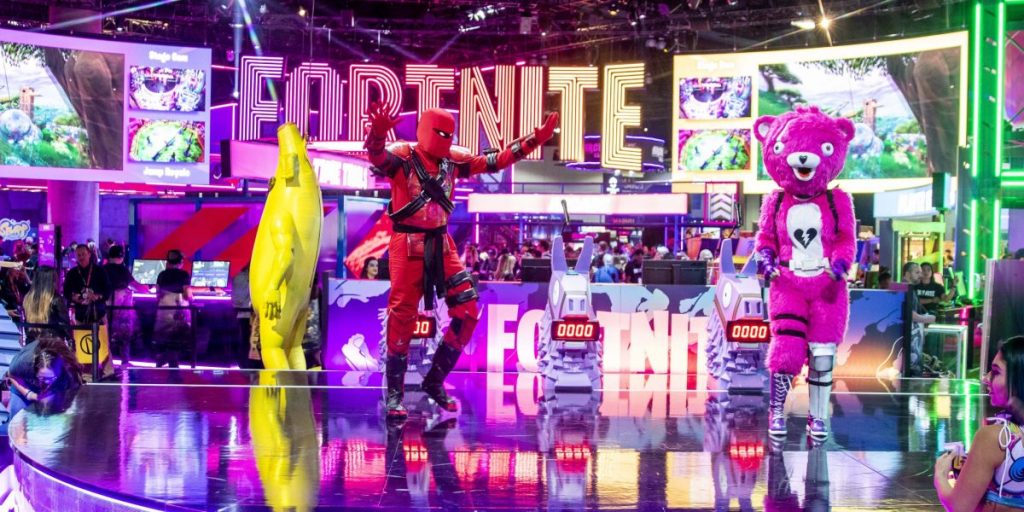As 2019 is almost coming to a close, this year’s gaming industry was, frankly, dull. It’s felt like we’re living in a forgotten middle-child time between the revolutionary launches seen in 2018 and the next-generation consoles to come in 2020.
Fans also noted that less capital is being pumped into the industry. According to a survey by NPD Group, device sales, both physical and digital for PCs and consoles, were down 37 percent last month. Yet accessories have been hit hardest, down 41 percent year-over-year in October.
Yet analysts suggest when you look at the gaming industry as a whole it is not worth panicking about. When you see where the competition is. The PlayStation 4 and Xbox One are at the end of their life cycles, leaving many to hold out until next year’s sleek, new toys are launched and no game has grabbed attention like the incredible slate of releases last year. But there is also another explanation for the lower numbers: a royal “hangover” battle.
2018 saw a royal madness battle, causing consoles and accessories to go-ta-have-it sales. Battle royal games place players on a map that they can explore and compete before only one person is left standing to take out other players. There’s a strong social factor: players can get together on the map and chat, which is part of why the genre has taken off. Fornicate and Player Unknown’s Battleground led the trend, which was predominantly thought of as console games, particularly at launch (although both were also playable on PC).
The demographic console started to age by 2018, catering more to millennials than Gen Z. But, according to NPD Group analyst Mat Piscatella, when school-age children kicked off the battle royal movement, it brought down the average age of the console audience quite a bit. The popularity of the games skyrocketed as children took to them as grounds for social meetings. Players not only purchased new consoles but also required headsets to talk with friends.
A year on, as Piscatella put it, the gaming industry is nursing a battle royale “hangover.” According to Randy Nelson of Sensor Tower, only mobile channels, which Fortnite and PUBG eventually spread to, no longer see development in the battle royale genre.
The same crowd that transformed Fortnite into a global juggernaut is fast moving on. Piscatella says Minecraft, an old favorite of gaming, is seeing a rise in participation. Minecraft and Fortnite however have very different types of monetization. The free-to-play Fortnite has taken a page from the playbook of mobile games by making money through in-game purchases, such as cosmetic improvements or rewards. But Minecraft, which was released well before the increase in mobile gaming, is less based on continuous investment and gets money from its upfront expense, leading to the decreased sales in the industry this year. Gear is another aspect. After the boom in 2018, there’s no need to repurchase items like headsets.
“It’s just scary stuff being down if you can’t find out why or what happened,” Piscatella said.
Yet much like true hangovers, there’s no miracle cure to be found here. Gaming subscriptions are rapidly increasing, but Piscatella adds that they’re still in their infancy and haven’t yet had a major impact on total spending. It seems like customers are just prepared for the next big trend to pop up.
“It’s just a tough year,” Piscatella said. “There’s not much else to say about it other than Call of Duty: [Modern Warfare] is doing great, and NBA 2K[20] is doing great, but that’s about it.”
